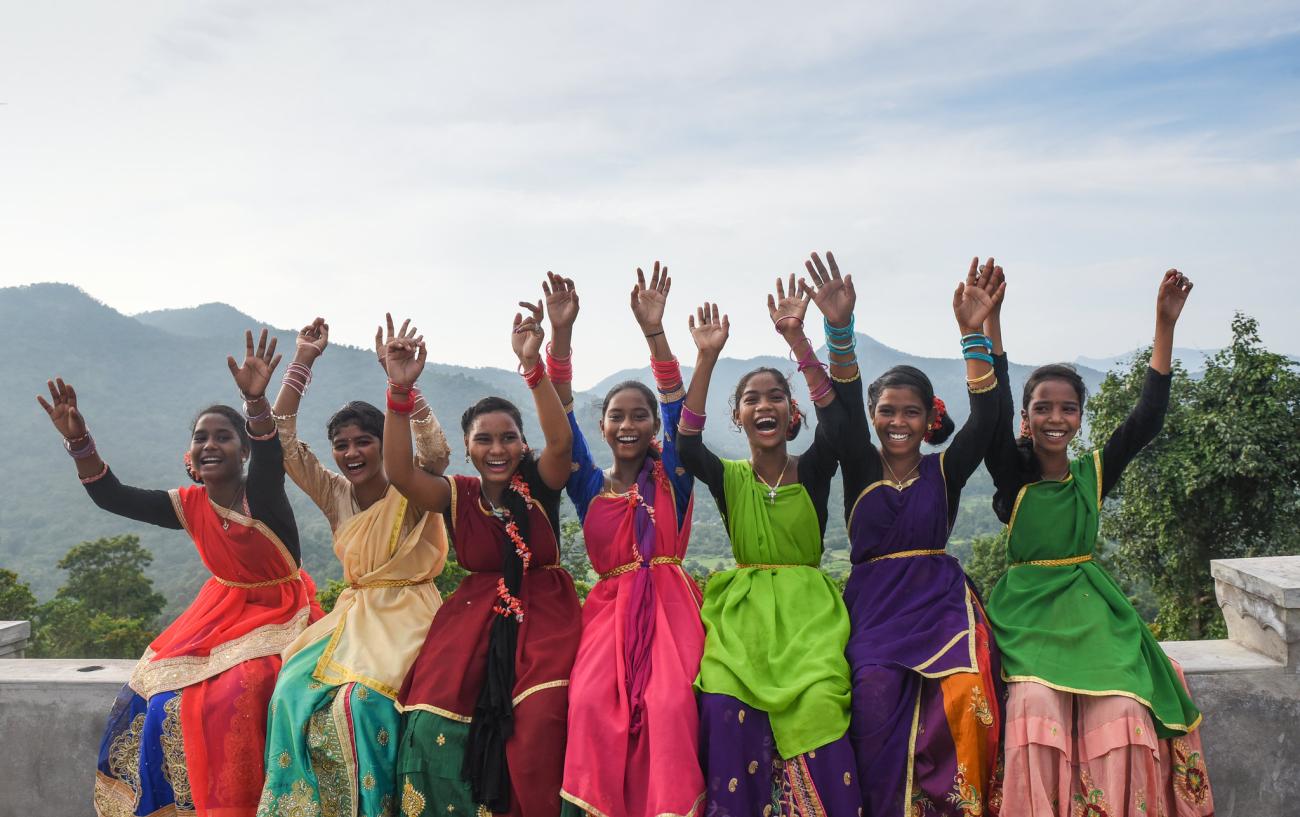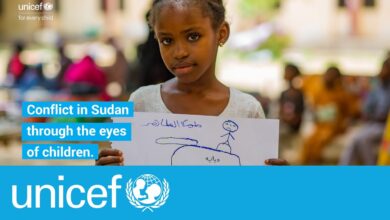Climate Action Must Lead to Gender and Social Justice: A View from India

In the grand tapestry of climate change discussions, where policy frameworks and carbon footprints often dominate, there exists a formidable force less talked about that both bears the brunt of climate-induced calamities and holds the key to transformative solutions. That is, women, girls, and marginalised communities. As the echoes of the G20 New Delhi Declaration reverberate, underscoring the crucial role of women in climate response, it was imperative that COP28 not only acknowledged but also prioritised the gender-specific impacts of climate change. Recognizing that vulnerabilities are far from evenly distributed, a robust commitment to inclusivity must underscore global climate action.
Skewed numbers tell a poignant story
Consider the staggering statistics: women and children are 14 times more likely to lose their lives during natural disasters compared to men. The aftermath of the 2004 Indian Ocean Tsunami, where 70 per cent of the 230,000 lives lost were women, serves as a stark illustration of this gendered impact. In the Asia-Pacific region alone, over 100 million people are affected annually, while India itself grapples with an annual average of USD 240 million in damages caused by floods. This complex interplay of climate issues and gender inequality demands our urgent attention.
Nowhere is this more evident than in the realm of agriculture, where women play a pivotal role in cultivation, harvesting, and distribution. Though they make up more than half of the global agricultural workforce, women own less than 20 per cent of the land. This stark disparity in access to resources not only impedes women’s resilience during disasters but also amplifies the challenges posed by climate change. Extreme weather events also take a toll on the health and well-being of women and children. From the increased risk of stillbirths due to extreme heat to the spread of vector-borne diseases like dengue and Zika virus, the repercussions are severe. Climate change also contributes to the rise of gender-based violence, reduces access to essential services, and diminishes opportunities for education and economic empowerment.
Caption: Women make up half of the global agricultural workforce, but they own less than 20% of the land.
Photo: © DESA
Humanitarian interventions, while well intentioned, often adhere to norms aligned with traditional body types or gender roles, neglecting the unique needs of persons with disabilities or those identifying with different genders. This oversight further marginalises already invisible groups, deepening existing inequalities and hindering effective responses to climate-induced crises.
In the face of these formidable challenges, it’s crucial to recognize that women are not just survivors but pivotal actors in climate change solutions. They must lead the way in adaptation and mitigation efforts, drawing on their nuanced understanding of local environments.
India, in particular, has been proactive in addressing climate change, with ambitious commitments to reduce carbon emissions and increase the share of non-fossil fuel energy. And initiatives like the Pradhan Mantri Ujjwala Yojana in India, providing vulnerable women with clean cooking gas, showcase the potential for gender-sensitive climate action that addresses both environmental and societal concerns. Efforts like ‘Har Ghar Jal’ aim to provide tap water to every rural household by 2024, alleviating the care burden on women.
For instance, during a cyclone preparedness drill in the state of Odisha, a state with a strong record of managing disasters, Gyana Ranjan Das, the Managing Director of the Odisha State Disaster Management Authority (OSDMA), observed that women and girls are playing a more central role in managing crises. The women and girls have been provided special training and support for disaster preparedness and response through a UNFPA project. Despite such gender transformative occurrences, persistent social, economic, and political inequalities still hinder the full realisation of women’s potential.
Caption: Extreme weather events like flooding and landslides take a high toll on the health and wellbeing of women and children.
Photo: © UNDP
Priority Actions
The gendered-impact of National Determined Contributions (NDCs) of countries needs better scrutiny. For example, only a fraction incorporates aspects of sexual and reproductive health and rights. The United Nations Framework Convention on Climate Change emphasises the need for public and private financing to incorporate gender considerations.
Inclusive digital solutions can enhance early warning and post-climate relief, but there’s a need to accelerate digital public infrastructure accessibility.
“Women’s leadership on climate action will matter not just as elected representatives but also as members of local government. Much more can be achieved by engaging with women’s collectives at the local level who face the impacts of climate change on a daily basis.
By embracing democratic engagement and prioritising gender-responsive disaster preparedness, we can create a world where women and girls not only survive disasters but thrive – a world where their voices are amplified, their dignity is assured, and their contributions are celebrated.”
In conclusion, the imperative for global climate governance is clear – a comprehensive and inclusive approach is non-negotiable. The destiny of our planet is intricately linked with the empowerment and resilience of women and marginalised communities. Only through collective and gender-sensitive efforts can we navigate the stormy seas of climate change and build a world where everyone not only survives but thrives.
This blog was written by Shombi Sharp, the UN Resident Coordinator in India, Andrea M. Wojnar the Country Representative of the UN Population Fund (UNFPA) and Atul Bagai, the Country Head, UN Environment Programme (UNEP). The original version of the blog was published as an op-ed in NDTV. To learn more about the work of the UN in India visit india.un.org
Source link




